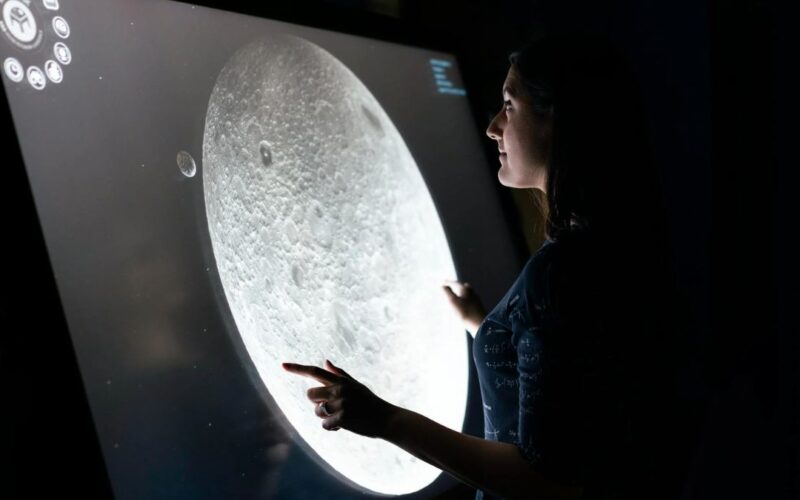Exploring the vast unknowns of space demands innovation and cutting-edge technologies that push the boundaries of human understanding. As we navigate the cosmos, certain technologies have emerged as pivotal in shaping the future of space exploration. This article unveils the top 5 space exploration technologies propelling us into the outer reaches of the universe.
Advanced Propulsion Systems
The traditional chemical rockets that have been the workhorses of space exploration are now being supplemented and, in some cases, replaced by advanced propulsion systems. Electric and ion propulsion systems offer greater efficiency and endurance, allowing spacecraft to travel longer distances with less fuel. These technologies are essential for extended missions, such as exploring distant planets and reaching the outer edges of our solar system.
Autonomous Robotics and Artificial Intelligence (AI)
Autonomous robotics and AI have revolutionized space exploration by enhancing the capabilities of robotic missions. Rovers and landers equipped with sophisticated AI can navigate challenging terrains, analyze geological features, and make real-time decisions without constant human intervention. This technology not only improves the efficiency of robotic missions but also lays the groundwork for future human exploration.
CubeSats and Miniaturized Satellites
Traditionally, large satellites dominated space exploration, but the rise of CubeSats and miniaturized satellites is changing the game. These small, cost-effective satellites enable more frequent and diverse missions. They are used for tasks such as Earth observation, scientific research, and technology demonstrations. The versatility of CubeSats allows for innovative, targeted missions that were previously deemed impractical.

Precision Landing Systems
Landing on celestial bodies with precision is crucial for scientific exploration and potential future human missions. Precision landing systems use advanced guidance and navigation technologies to land spacecraft safely and accurately. This capability is exemplified by systems like NASA’s Terrain-Relative Navigation (TRN), which allows spacecraft to autonomously navigate and land within a specific target area on a planetary body.
In-Situ Resource Utilization (ISRU)
For sustainable and extended space missions, harnessing resources available in space is imperative. In-Situ Resource Utilization involves utilizing local resources, such as extracting water from asteroids or moons, to produce fuel, oxygen, and other essentials. This technology reduces the need to transport all supplies from Earth, making long-term exploration and potential colonization more feasible.
Paving the Way for Cosmic Discovery
The top 5 space exploration technologies outlined above represent the vanguard of our cosmic endeavors. From advanced propulsion systems extending our reach to autonomous robotics and AI enhancing our scientific capabilities, these technologies are transforming space exploration into a dynamic and forward-looking field. As we continue to unravel the mysteries of the universe, these innovations pave the way for unprecedented discoveries, making the cosmos more accessible than ever before.










